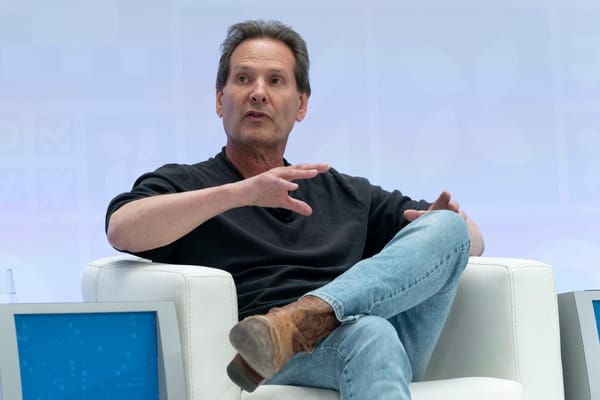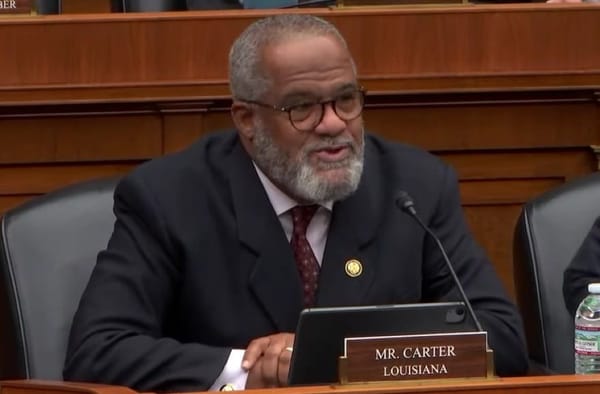FCC Passes ‘One Touch Make Ready,’ Designed to Speed Broadband Deployment, on a Split Vote
WASHINGTON, August 2, 2018 – The Federal Communications Commission voted to pass the new, so-called “One Touch Make Ready” policy, a measure designed to accelerate pole attachment processes for new broadband deployments. At the agency’s monthly open meeting today, the commissioners voted 3-1 to shif
Heather Heimbach

WASHINGTON, August 2, 2018 – The Federal Communications Commission voted to pass the new, so-called “One Touch Make Ready” policy, a measure designed to accelerate pole attachment processes for new broadband deployments.
At the agency’s monthly open meeting today, the commissioners voted 3-1 to shift the framework for pole attachments to permit “simple” make-ready processes and allow a single-party to complete a traditionally multi-party process.
The three Republican commissioners voted in support. Democratic Commissioner Jessica Rosenworcel voted to approve in part and dissent in part.
“Make Ready” refers to the process of modifying a pole “or of the lines or equipment on the utility pole, to accommodate additional facilities on the pole.” The new regulation applies to the poles under federal jurisdiction.
The OTMR policy that would allow the “new attacher may opt to perform all work to prepare a pole for a new attachment.” The policy aims to accelerate that process of preparing a pole for new attachments.
According to the Report and Order, the new attacher would be the party with the greatest incentive to rapidly prepare the pole. Furthermore, by allowing a single party to complete the process –rather than requiring a multistep process with multiple parties — OTMR will reduce delays and disruption to the community.
Diverging views among the FCC commissionrs
According to Commissioner Brendan Carr, OTMR is essential in the race for 5G development.
“We need thousands of new small cell deployments over the next few years,” Carr said, referring to the estimated 800,000 small cells projected to be attached to utility poles for 5G deployment.
Carr said that OTMR will assist by “making it easier for providers to safely and efficiently attach broadband capable fiber and cable lines to utility poles.”
Rosenworcel raised concerns over the definition of “simple” make-ready processes, and what OTMR can be applied to. “As will all things the devil is in the details,” she said.
“This agency accepts too much ambiguity in the one-touch make-ready regime we adopt today,” Rosenworcel said.
In the policy, “simple” make-ready processes will be eligible for OTMR, while OTMR will not apply to new attachment processes that are designated as “more complicated” or involve greater safety and reliability risks.
“I believe this is going to slow down deployment, not speed it up,” Rosenworcel said. “Definitions of simple and complex processes do not provide enough real world guidance to attachers and utilities, setting the stage for disputes and delays.”
(Photo of Jessica Rosenworcel by Pablo Martinez Monsivais.)










Member discussion